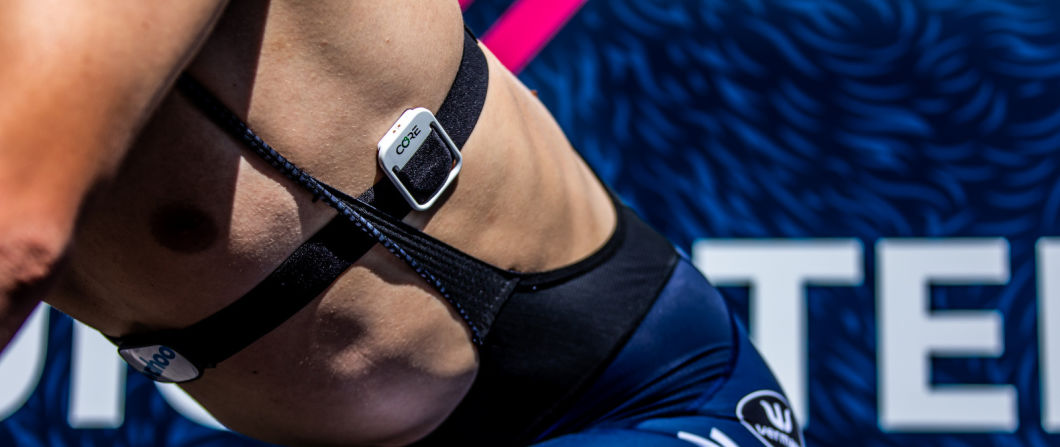Dealing with the Extreme Heat at the Vuelta a España
The 2021 Vuelta a España has already lived up to the expectations with extremely hot riding condition, same stages reaching outside temperatures as high as 43ºC / 109ºF.
It is essential that our riders are prepared for this heat so that they can still perform at their best. At the Vuelta they are supported by coach Vasilis Anastopoulos, who shares how the Deceuninck – Quick-Step have approached this hot race.
“All the riders came from different locations and are on different programs in the lead-up,” says Vasilis. “For example, Mauri Vansevenant, Zdenek Stybar and James Knox were in Tokyo and already had some acclimatisation. The other guys like Bagioli did the Tour de l’Ain in the heat of France and Fabio spent some time in Calpe. So everybody had a slightly different build-up but the busy racing program didn’t allow too much time for specific acclimatisation.” After the lead-up, it comes down to each race day.
Vasilis explains: “We try several cooling strategies ahead of the stage, for example; staying in the bus and the shade for as long as possible before the start and using ice vests. Really importantly we use ice baths after the race, to aid recovery, and help the fatigue levels. Of course during the races we make sure they take on lots of fluids, either by coming back to the car or we have staff strategically placed across the course. We also give them ice that they can put on their necks to give a little relief.”
One of the newest sports performance tools available to the team is the CORE Body Temperature Monitoring Sensor, a compact unit that clips securely onto the heart rate monitor strap and can continuously monitor the riders core body temperature with medical-grade accuracy. The riders can see their live data on their Wahoo bike computer and record it for later analysis with their coach.
“As the technology is still relatively new, we are still in the process of collating enough data sets to be able to analyse the real patterns. But we are already seeing that the power output of certain riders drops when their core temperature goes beyond a certain threshold. It is really useful because all the data we gather is available to evaluate and we can look at it at the end of the year, and see the optimum temperature where each individual rider performs.”
Photo credit: ©Wout Beel


